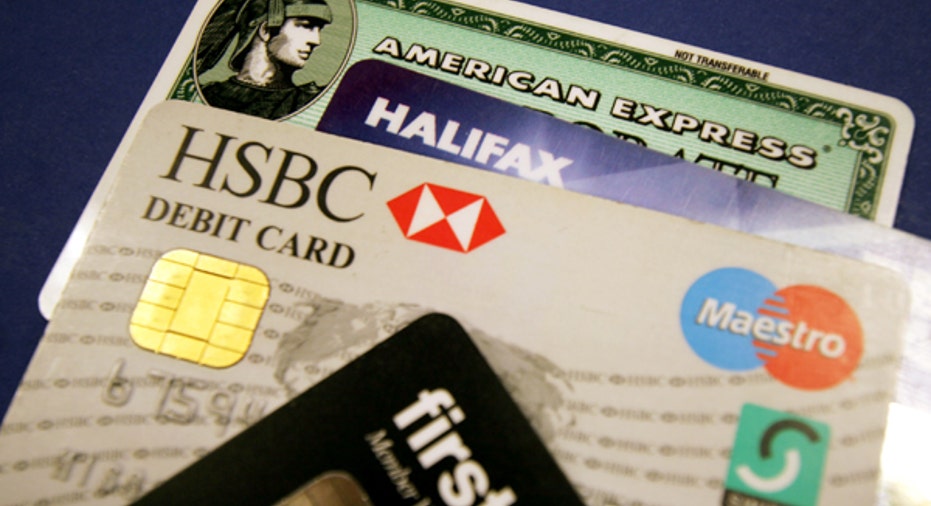Americans spent $3.5B in avoidable overdraft fees a year; here’s how to avoid it

A little short this month? You’re not alone. Checking account overdraft fees are a big problem for Americans, costing frequent overdrafters $15 billion per year, according to the Consumer Financial Protection Bureau.
But what most Americans don’t realize is that some of those fees—around $3.5 billion worth—are avoidable, according to a new research from personal finance website, Nerdwallet.
The website conducted an online survey of more than 2,000 U.S. adults and found that two-thirds of Americans (66%) don’t even know that overdraft coverage is an optional service by law and The Federal Reserve prohibits banks from auto-enrolling their customers in overdraft coverage.
“This includes 63% of those who have been charged an overdraft fee. Overdraft coverage sounds like a good deal, but it’s usually better to steer clear of it. It means banks may charge you a hefty fee when transactions, including debit card swipes, cause your account to drop below zero,” Nerdwallet analysts said.
By opting out of the service, the 8 million people who overdraw frequently could wind up saving $442 a year each. Overall cash savings could add up to $1,600 in interest and 7.5 years in credit card payoff.
Here are the most common misconceptions about overdraft fees, according to Nerdwallet.
1) Overdraft fees may be charged on small transactions. Although many banks don’t charge overdraft fees on transactions of $5 and under, two in five Americans don’t know that overdraft fees can be charged on transactions of less than $20.
2) Banks can charge multiple overdraft fees per day. Almost half of respondents (47%) don’t know that a person can be charged more than one overdraft fee per day. According to the Pew Charitable Trusts, the median overdraft fee in the U.S. is $35, and some banks charge that fee for each overdrawn transaction made per day.
3) You can skip overdraft coverage: 66% of respondents don’t know that by federal law, overdraft protection is offered on an opt-in basis. Instead, they think they are enrolled by default and must opt out, or they aren’t sure how it works. If you don’t opt in to overdraft coverage, your debit card purchase or ATM withdrawal will be declined if you don’t have the funds to cover it.
However, the problem is that one in six American (17%) say they would rather pay a $35 overdraft fee than have their card declined in public. But if you’re among the 83% that is looking to avoid those added fees, Nerdwallet has some tips for consumers to follow.
Here’s what you can do to avoid overdraft fees:
1) When looking for a bank or credit union, pick one with low or no overdraft fees. The lowest fees tend to come from online-only banks and credit unions, which on average charge $9 less for an overdraft than national or regional banks.
2) Opt out of overdraft coverage and look for a bank whose overdraft protection includes free transfers from a linked savings account or low-cost line of credit. If you want all your transactions to go through no matter your balance, choose a bank that has free overdraft transfers between your checking and savings accounts.
3) Build your emergency fund. The Federal Reserve says that 46% of Americans don’t have enough savings to cover a $400 emergency. An added $442 a year in saving could go a long way towards making emergency situation easier to cover.
4) Set up text or email alerts for low balances. Many banks can alert you when your account balance goes under a certain amount.



















